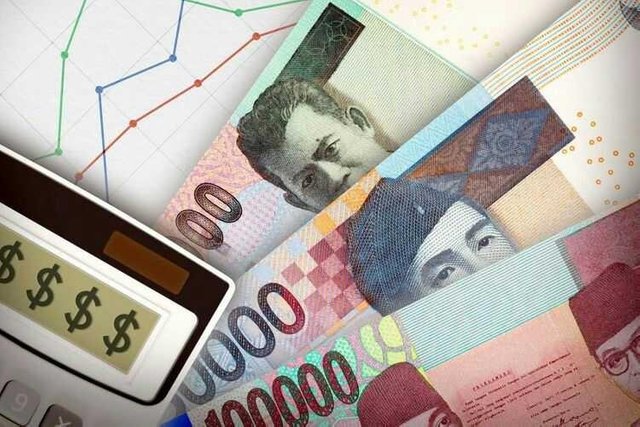Weakening of Rupiah Predicted to Continue Up to Next Week
The rupiah depreciation trend is still expected to last until the next week.
The rupiah exchange rate against the US dollar in this week is at the level of Rp 13,700 to Rp 13,800, and at the level of Rp 13,965 per Thursday (3/5/2018), it is also the highest and almost touched the number Rp 14.000.
"The weakening of the rupiah predicted to continue until next week as foreign capital outflows in the stock market reached Rp 3 trillion in a week," said Bhima Yudhistira Adhinegara, an economist at Bhima Yudhistira Adhinegara Institute for Development of Economics and Finance (Kompas.com) 6/5/2018).
Bhima added that other factors that helped push the weakening trend of the rupiah a week ahead is the beginning of second quarter of 2018 where there is dividend dividend issuer that also influence the higher demand to US dollar.
Sumber
External factors such as the strengthening of the United States currency, a rise in US treasury or bond interest rates above 3 percent, and market anticipation of the reference rate of the Fed Fund Rate is also a factor driving the rupiah weakening trend until the end of May 2018.
"Until the end of May, the rupiah is estimated to range from Rp 13,900 to Rp 14,000," Bhima said.
Despite facing the challenges of the rupiah weakening trend in the second quarter, the government through the Financial System Stability Committee (KSSK) said Indonesia's financial system per quarter I 2018 runs stable and under control.
Indicators that indicate this is the inflation rate in the range of 3.5 percent, the realization of Value Added Tax (VAT) with the growth of 15.03 percent and the realization of income tax revenue (PPh) Non Oil and Gas growing 20.12 percent without tax amnesty.
The current account deficit is also one indicator because it is kept below the safe limit, 3 percent against Gross Domestic Product (GDP).
Also in terms of the external resilience seen from the position of foreign exchange reserves until the end of March 2018 amounted to 126 billion US dollars, equivalent to 7.9 months of import financing or 7.7 months of imports and debt financing of the government.
